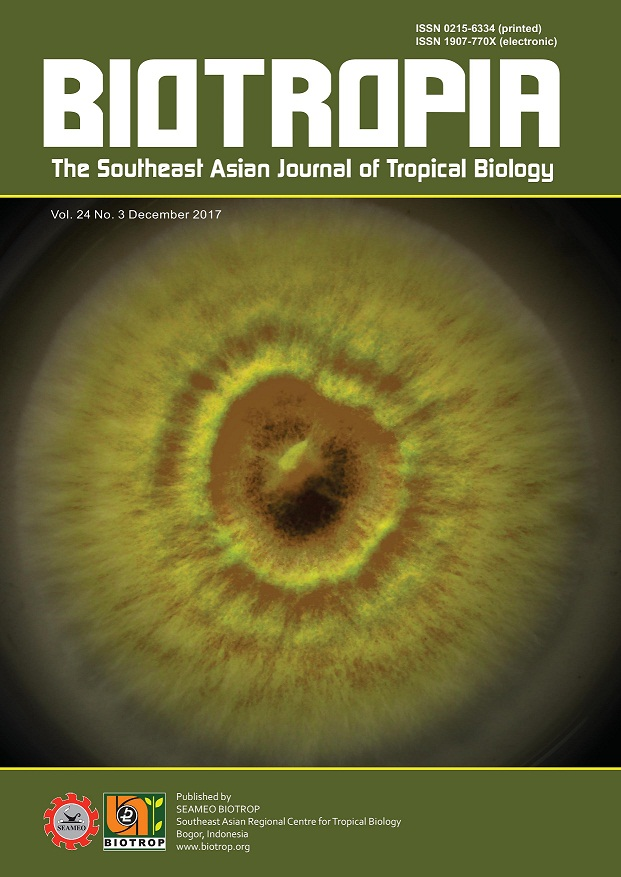
Tags
SECONDARY POLLEN PRESENTATION, PSYCHOPHILY AND ANEMOCHORY IN Lagascea mollis Cav. (ASTERACEAE)
Content Language : English

Information on pollination ecology and seed dispersal aspects is essential to understand sexual reproduction in Lagascea mollis Cav. The study was aimed at providing details of pollen presentation system, pollination syndrome, pollinators and seed dispersal mode for L. mollis based mostly on field study. Paper chromatography technique was used for recording sugar and amino acid types in the nectar, since they are important to evaluate the pollination syndrome. The study indicated that L. mollis flowers during August-November. The plant produces synflorescences consisting of several capitula. Each capitulum produces a single disc floret. The plant is protandrous, temporally dioecious and exhibits secondary pollen presentation using brush mechanism to prevent autonomous selfing. The floral characteristics such as having synflorescence, narrow tubular corolla, production of sucrose-rich nectar with essential and non-essential amino acids and pollen charactersistics such as having spherical shape, tri-colpate apertures and strongly spinulose exine suggested that the plant is adapted for insect pollination. The plant is principally psychophilous. Other insects also visited the florets opportunistically and acted as supplementary pollinators. Further, thrips used this plant as breeding and feeding sites; their effect mostly geitonogamy. The fruit is an achene, anemochorous and also anthropochorous. Regeneration occurred from seeds and perennial root stock during rainy season.
Link

This work is licensed under a Creative Commons Attribution-NonCommercial-NoDerivatives 4.0 International License.
